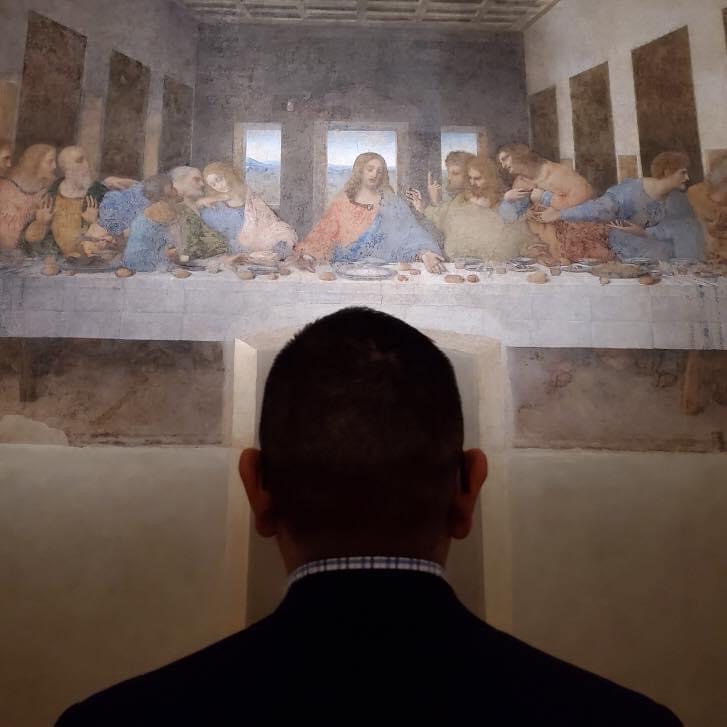Art Explained: Violin
- Jose Antonio Farfan

- Dec 14, 2017
- 2 min read

J. Antonio FARFAN VIOLIN 2014 Acrylic, oil, gold leaf and diamond dust on linen 72 x 56 in. (182.9 x 142.2 cm) Private collection; Spring, Texas
in 1808 Jean Auguste Dominique Ingres created La Grande Baigneuse, a neoclassical painting of a seated nude woman in a curtained room facing away from the viewer in a shy disposition and painted in very delicate lines. The painting later influenced Le Violon d’Ingres, a 1924 photograph by the American artist Man Ray of a model mimicking the pose found in the earlier painting and adding the S shaped F holes of a violin. The latter makes overt reference to male dominance, where women become the admiration for sensual desire; the countenance becomes secondary and the body mimics the form of an instrument. Does it play beautiful music, does it mimic the curves of its inspiration, or does it wait to play what whims arise from the male mind? Violin cues the viewer into the same historical reference alongside these two works of art by title alone, whereas the painting itself emphasizes the universal role of the female gender as the GIVERS OF ALL LIFE. The painted figure imitates the Madonnas of late medieval painters whose spiritual role dominated the minds of believers. The most pronounced influence for Violin comes from the Madonna delle Misericordia in Sansepolcro, Italy by the medieval painter Piero della Francesca. The 1462 image is of the Virgin of Mercy enclosing its faithful within its cloaked surround, a subject common in medieval vocabulary. In violin the body of the madonna disappears and becomes one with the universe. The circular mantle goes beyond defining safety for mankind and incorporates all life in existence.




















Comments